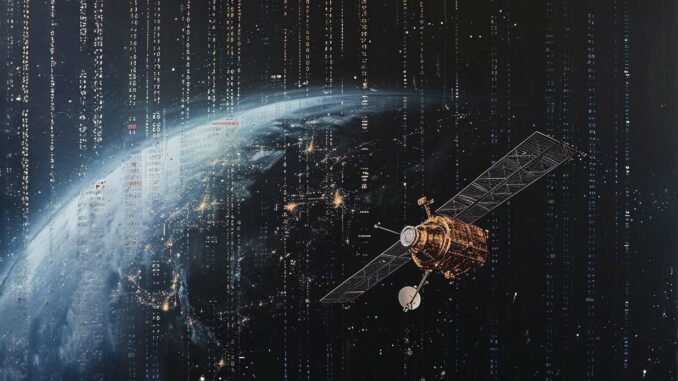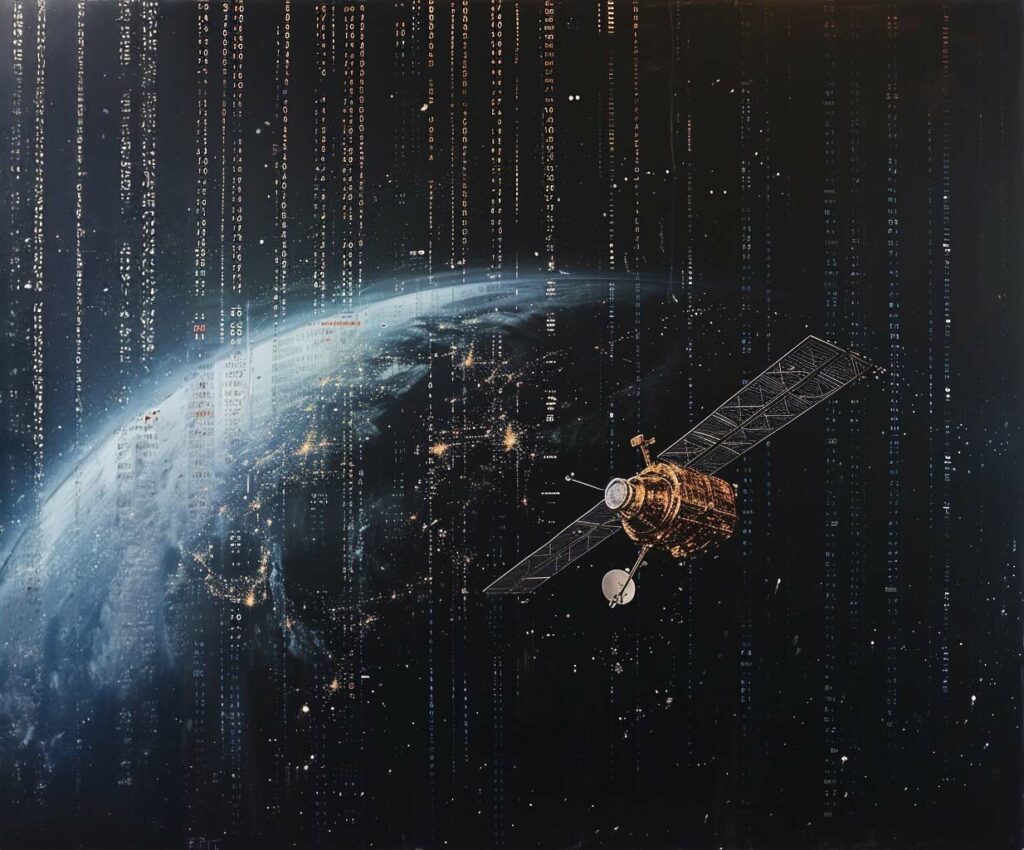
US Space Force steps up surveillance with 600 sensors to monitor 1000 priority satellites, boosting space security.
The US Space Force, since its creation in December 2019, has significantly increased its space surveillance capabilities. According to Major General Gregory Gagnon, Deputy Chief of Space Operations for Intelligence, the organization now maintains close surveillance on around 1,000 satellites. This group includes both satellites belonging to adversaries and some U.S. satellites that could be under threat. This surveillance is made possible by an expanded network of radars and telescopes spread around the world.
Expanding Sensors and Technologies
Initially, the U.S. Space Command operated a few dozen government sensors, mainly optical telescopes and radars originally designed to track missiles rather than satellites. Today, they orchestrate the collection of data on around 1,000 priority targets in space, selected from the 9,500 satellites currently in orbit. This surveillance relies on 600 apertures worldwide, using four or five different phenomenologies, marking a significant increase in surveillance capabilities.
Benefits of Enhanced Surveillance Capabilities
One of the main benefits of these expanded capabilities is the Space Force’s increased ability to respond rapidly to potential threats. Surveillance of adversary satellites as well as the US’s own satellites enables proactive defense and better preparedness against hostile acts, such as satellite maneuvers or anti-satellite attacks.

Challenges and limitations
However, managing such a volume of data and coordinating between different types of sensors and technologies presents significant logistical challenges. There is also a high cost associated with maintaining these sensors and training the personnel needed to analyze the data collected. In addition, dependence on commercial partners and allies for data collection raises questions of security and confidentiality of information.
Strategic consequences of capacity expansion
The increase in the number of sensors and the ability to monitor more satellites has profound implications for national security and military strategy. These developments strengthen the U.S. defense posture in space and improve the country’s ability to anticipate and respond to threats. In addition, it encourages increased international collaboration, as evidenced by the participation of more than 22 partners using data from this infrastructure.
The expansion of the U.S. Space Force’s surveillance capabilities represents a critical step in improving global space security. By maintaining a vigilant eye on both adversary and U.S. satellites, the Space Force is better equipped to protect national interests and respond effectively to emerging threats in the increasingly contested space environment.
War Wings Daily is an independant magazine.